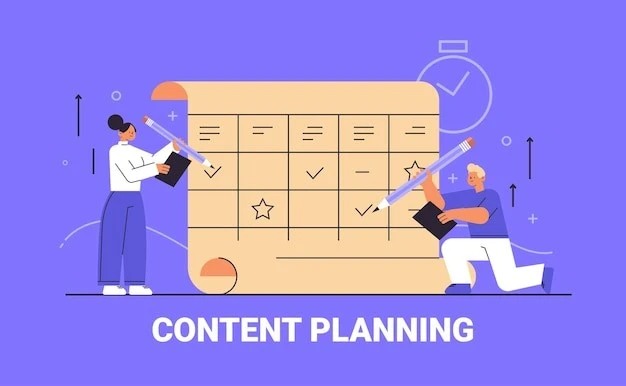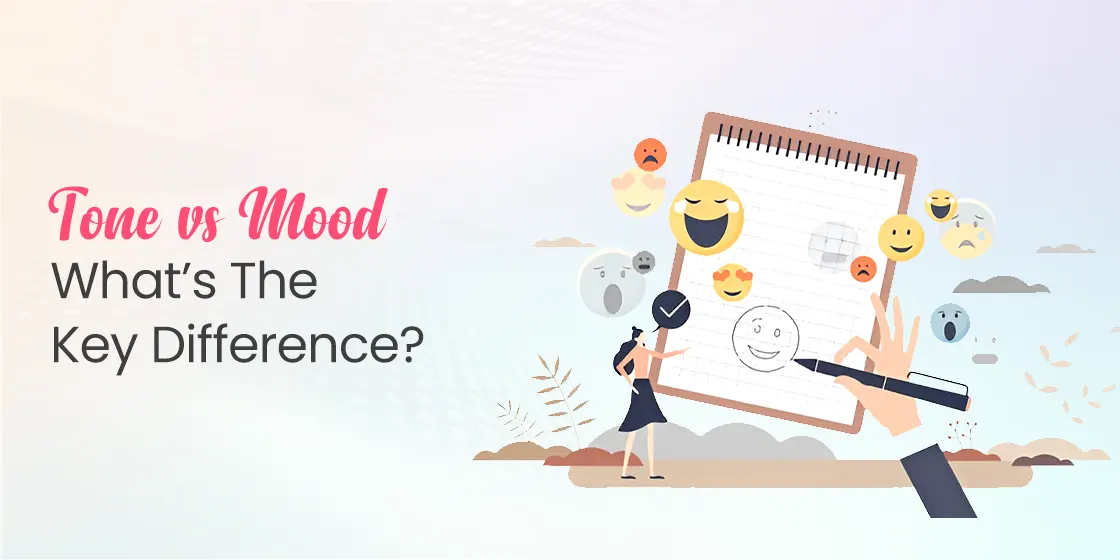Table of Content
Discover How You Can Create a Content Plan That Delivers the Maximum Impact
Today, when information is readily available and attention spans are fleeting, a well-defined content strategy is no longer a luxury; it’s a necessity. In the crowded online landscape, businesses must consistently create and distribute valuable, relevant, and engaging content to attract, retain, and convert their target audience. Knowing how to create a robust content plan serves as the roadmap, guiding content creation efforts and ensuring that every piece of content aligns with overarching business goals.
A content plan is more than just a list of blog post ideas or social media updates. It’s a strategic document that outlines the goals, objectives, and tactics for all content marketing activities. It provides a framework for creating and distributing high-quality content that resonates with the target audience, builds brand awareness, and drives meaningful results, such as increased website traffic, lead generation, and customer engagement.
By developing and implementing a comprehensive content plan, businesses can ensure that their content marketing efforts are not only effective but also efficient. Discover how a well-defined plan helps to streamline the content creation process, improves resource allocation, and measures the impact of content marketing initiatives on key business objectives. Moreover, we will see how a professional web copywriting agency would create a successful content plan.
Let’s begin.
What is a Content Plan – A Comprehensive Overview of the Subject

A content plan is a strategic document that outlines the goals, objectives, and tactics for all content marketing activities. It serves as a roadmap for creating and distributing high-quality content that resonates with the target audience and achieves specific business objectives.
At its core, a content plan is a living document that evolves and adapts over time. It should be regularly reviewed and updated to reflect changing market conditions, evolving audience preferences, and the performance of past campaigns.
A comprehensive content plan typically includes the following key elements:
- Target Audience Definition: A detailed understanding of the target audience, including their demographics, interests, pain points, and online behavior.
- Content Goals and Objectives: Clearly defined and measurable goals, such as increasing brand awareness, generating leads, driving website traffic, or improving customer engagement.
- Content Pillars: Identifying key themes and topics that are relevant to the target audience and align with the brand’s overall message, serving as content pillar examples to the main theme.
- Content Calendar: A schedule for content creation and publication, outlining the types of content to be created, the publishing frequency, and the channels for distribution.
- Content Formats: Determining the most appropriate content formats for the target audience and the chosen platforms, such as blog posts, articles, videos, infographics, social media updates, and ebooks.
- Content Creation Workflow: Establishing a clear process for content creation, including ideation, research, writing, editing, and publishing.
- Content Promotion and Distribution: Identifying the most effective channels for distributing content, such as social media, email marketing, search engine optimization (SEO), and paid advertising.
- Content Performance Tracking and Analysis: Establishing key performance indicators (KPIs) for measuring the success of content marketing efforts, such as website traffic, engagement rates, lead generation, and conversion rates.
By carefully considering these elements, businesses can create a content plan that is both strategic and actionable, ensuring that their content marketing efforts are aligned with their overall business objectives.
Why Should You Create a Content Plan in the First Place?

Creating a content plan is not just a nice-to-have; it’s essential for the success of any content marketing strategy. Here are some of the key benefits of developing a well-defined content plan that are as important during content ideation as they are during content creation:
- Increased Efficiency and Productivity: A content plan provides a clear roadmap for content creation, streamlining the process and ensuring that resources are allocated effectively.
- Improved Consistency and Quality: By establishing a consistent publishing schedule and adhering to a defined content strategy, businesses can maintain a consistent brand voice and ensure that all content is high-quality and relevant to the target audience.
- Enhanced Brand Visibility: A well-executed content plan can significantly increase brand visibility and awareness by attracting organic traffic, improving search engine rankings, and driving social media engagement.
- Improved Lead Generation and Conversions: By creating valuable and informative content that addresses the needs and interests of the target audience, businesses can attract potential customers, nurture leads, and drive conversions.
- Enhanced Customer Engagement: Engaging content can foster deeper relationships with customers, build brand loyalty, and establish the brand as a thought leader in the industry.
- Improved ROI: By tracking key performance indicators (KPIs) and analyzing the results of content marketing campaigns, businesses can measure the return on investment (ROI) of their content marketing efforts and make data-driven decisions to improve future campaigns.
In today’s competitive digital landscape, a well-defined content plan is essential for businesses to stand out from the crowd, build a strong online presence, and achieve their marketing goals.
How to Create a Content Plan for Success in 2025 – A Step-by-Step Guide

Creating a successful content plan requires a systematic approach. Here’s a step-by-step guide to help you get started:
- Define Your Target Audience: Conduct thorough market research to identify your ideal customer. Understand their demographics, interests, pain points, online behavior, and preferred content consumption habits.
- Set Clear Goals and Objectives: Define specific, measurable, achievable, relevant, and time-bound (SMART) goals for your content marketing efforts.
- Conduct a Competitive Analysis: Analyze the content strategies of your competitors to identify their strengths and weaknesses.
- Identify Your Content Pillars: Determine the key themes and topics that are relevant to your target audience and align with your brand’s message, from supplementary topics to cornerstone content topics.
- Choose Your Content Formats: Select the most appropriate content formats for your target audience and your marketing goals, such as blog posts, articles, videos, infographics, social media updates, ebooks, and webinars.
- Create a Content Calendar: Develop a schedule for content creation and publication, ensuring a consistent and regular flow of content.
- Develop a Content Creation Workflow: Establish a clear process for content creation, including ideation, research, writing, editing, and publishing.
- Choose Your Distribution Channels: Identify the most effective channels for distributing your content, such as social media platforms, email marketing, search engine optimization (SEO), and paid advertising.
- Track and Analyze Your Results: Monitor key performance indicators (KPIs), such as website traffic, engagement rates, lead generation, and conversion rates, to measure the success of your content marketing efforts.
- Continuously Optimize and Iterate: Regularly review and analyze your content performance data to identify areas for improvement and adjust your content strategy accordingly.
By following these steps and consistently refining your approach, you can create a content plan that drives results and helps you achieve your marketing goals.
Conclusion
In today’s digital age, content marketing has become an indispensable component of any successful marketing strategy. A well-defined content plan is crucial for ensuring that your content marketing efforts are effective, efficient, and aligned with your overall business objectives.
By following the steps outlined in this guide, businesses can create and implement a robust content strategy that drives engagement, builds brand awareness, generates leads, and ultimately contributes to business growth.
Remember, content marketing is an ongoing process. By continuously monitoring your results, analyzing your data, and adapting your strategy to changing market conditions, you can ensure that your content marketing efforts remain relevant, effective, and impactful.

Unleash your brand story`s potential with eContentSol – your creative writing companion. We craft narratives that captivate. Ready to elevate your content game? Dive into creativity with us and let`s bring your ideas to life.


